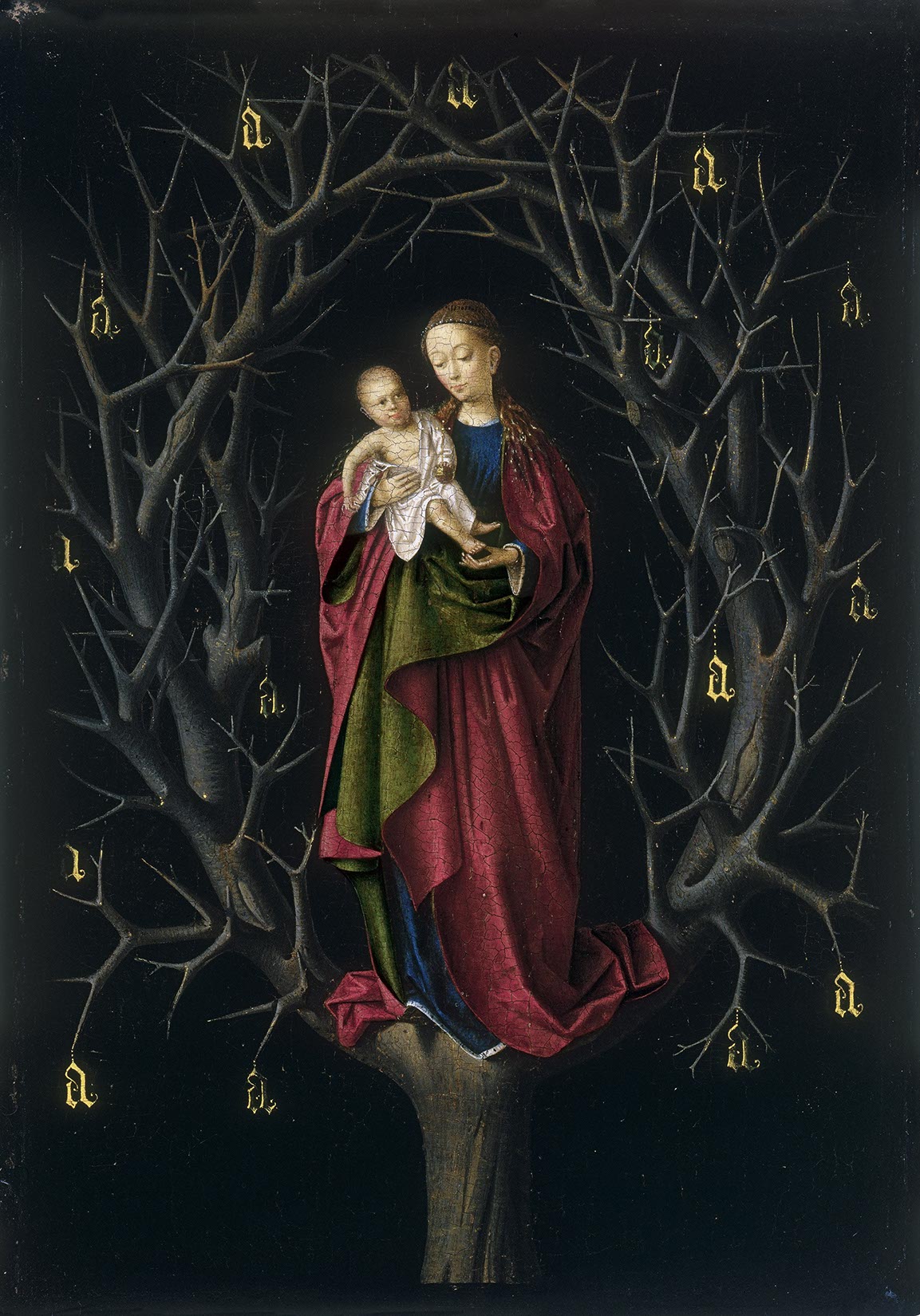Petrus Christus
1410 - 1475/1476
The first reference to the artist dates from 1444 when he acquired citizenship in Bruges. His activities are, however, well documented between 1457 and 1463. Christus and his wife are recorded as members of the confraternity of Our Lady of the Dry Tree between 1458 and 1463. Between 1446 and 1454 the artist received a series of important commissions from the city’s aristocracy and upper middle classes. His output includes a group of works signed and dated between 1446 and 1457, such as Saint Eloy and Portrait of a Carthusian Monk (both The Metropolitan Museum of Art, New York), the...
The first reference to the artist dates from 1444 when he acquired citizenship in Bruges. His activities are, however, well documented between 1457 and 1463. Christus and his wife are recorded as members of the confraternity of Our Lady of the Dry Tree between 1458 and 1463. Between 1446 and 1454 the artist received a series of important commissions from the city’s aristocracy and upper middle classes. His output includes a group of works signed and dated between 1446 and 1457, such as Saint Eloy and Portrait of a Carthusian Monk (both The Metropolitan Museum of Art, New York), the panels now in the Gemäldegalerie, Berlin, Portrait of Edward Grimston (Gorhambury House, Hertfordshire, on loan to the National Gallery, London), and The Virgin and Child with Saint Francis and Saint Jerome (Städelsches Kunstinstitut, Frankfurt). Other works that have been attributed to Christus include The Virgin of the Dry Tree (Museo Thyssen-Bornemisza, Madrid), The Pietà (Musée des Beaux-Arts, Brussels) and The Virgin and Child in a Gothic Interior (Nelson-Atkins Museum of Art, Kansas City). Between 1462 and 1463 he was commissioned by the city council of Bruges, together with the painter Pieter Nachtegale, to supervise the creation of two large decorations for the triumphal entry of Philip the Good into Bruges. In the 1460s the artist’s name appears in a series of documents of the painters’ guild and other corporations. Christus’ style reflects the work of Jan van Eyck, from whom he borrowed models and compositions while simplifying the overall presentation. Christus’ art also reflects the style of Rogier van der Weyden in the harmony and arrangement of the motifs.

